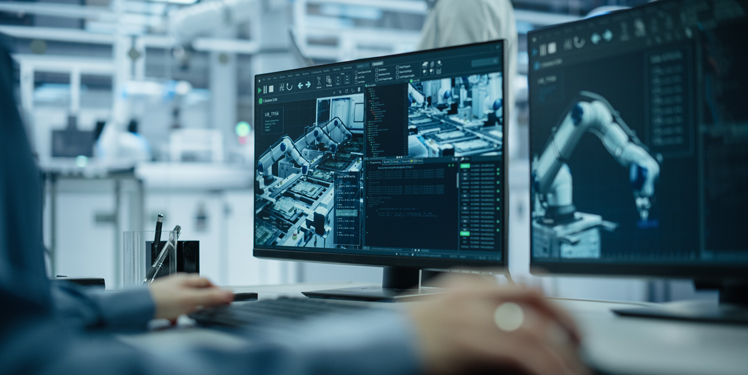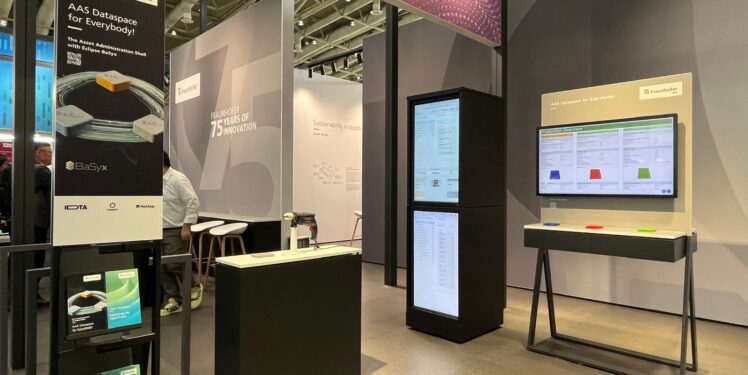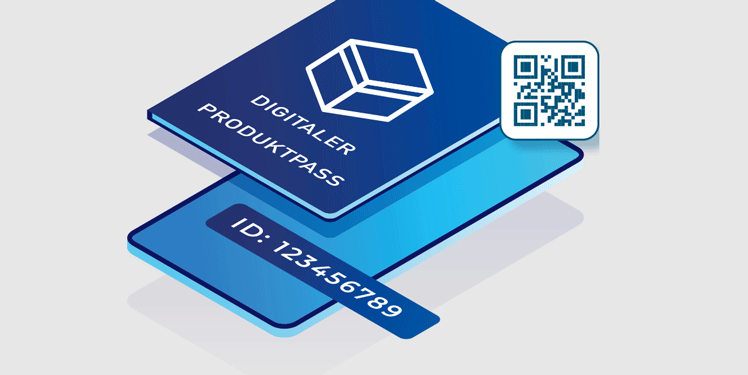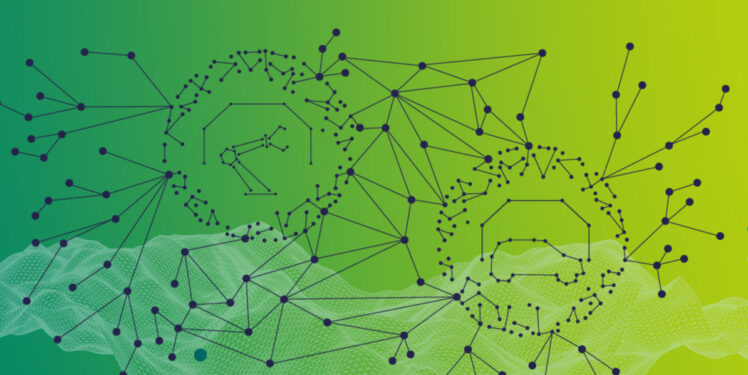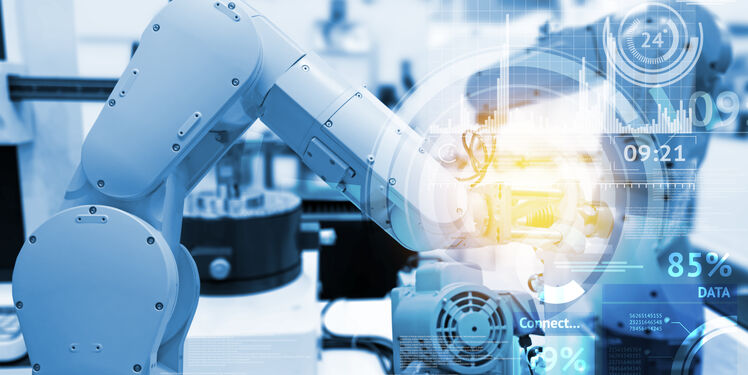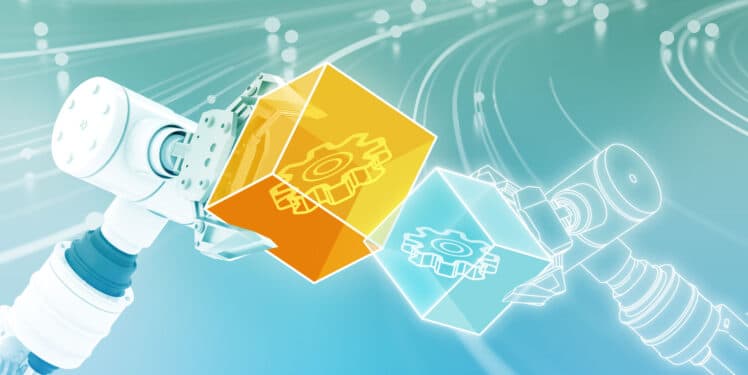Verwaltungsschalen ermöglichen Interoperabilität: So transformieren Asset Administration Shells (AAS) Ihre Komponenten für Industrie 4.0
Immer mehr Unternehmen in der Prozessindustrie und in der diskreten Fertigung fordern für Automatisierungskomponenten aktuell Verwaltungsschalen (englisch: Asset Administration Shell, kurz: AAS). Dieser Trend zeigt, dass sich die Industrie 4.0 von der Theorie in die Praxis bewegt. Verwaltungsschalen sind die…

